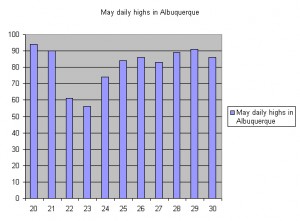(oops, typo in headline corrected) Andrew Solow and Andrew Beet out of Woods Hole have a new paper in GRL offering up the latest version of the argument that undercounting may be responsible for a spurious imputation of a trend in hurricanes (and therefore an assertion about the effect of global warming on hurricanes):
[T]his analysis supports the position that the early part of the observed record of tropical cyclone counts is incomplete. Ignoring this incompleteness leads to an over-estimation of the effect of increasing sea surface temperature on mean tropical cyclone frequency.


